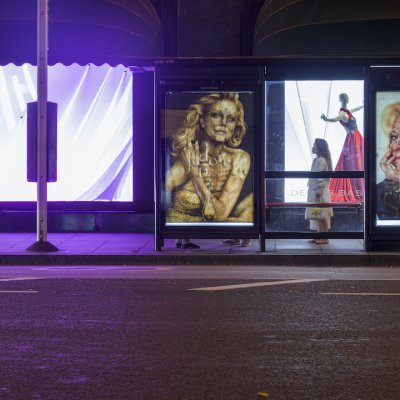what was design? design was the nineteenth-century child of Western art, architecture, and the crafts. It centered on the creation of industrially produced, mobile objects that moved freely within the global market. the designed object functioned as the aesthetic, technological, and economic focal point of the 20th century. As its movement provided the fulcrum of monumental shifts in power and imagination, it was the symbol, image, tool, and agent par excellence of modernity.
what is design? the world is changing and so is design. the shifting networks and nodes of the global world, the movement of wealth and production, the emergence of new media, the changing values of local and global communities have refocused the issues, problems, and potential of design. design can no longer be viewed as a privileged hegemony of a limited set of names, objects, forms and modes of production based on an increasingly outdated worldview. we must understand design as a fundamental act of intervening in the way we live.
the 4th Gwangu Design Biennale examines the status of authorship and discipline, space and place, community and individuality in contemporary design. it is a laboratory of the names, places, and communities of contemporary design. it is a laboratory that explores the dynamic of design that is placed and un-placed, design that is named and un-named, and the communities that are woven through these relations.
the exhibition is conceived as an ecology that reflects the complexity of contemporary conditions and allows for new and unexpected concepts, practices, and social relations.
Design Director: Seung H-sang and Ai Weiwei
via GWANGJU DESIGN BIENNALE






 9.18.05 p.m..400x400xC.png)
